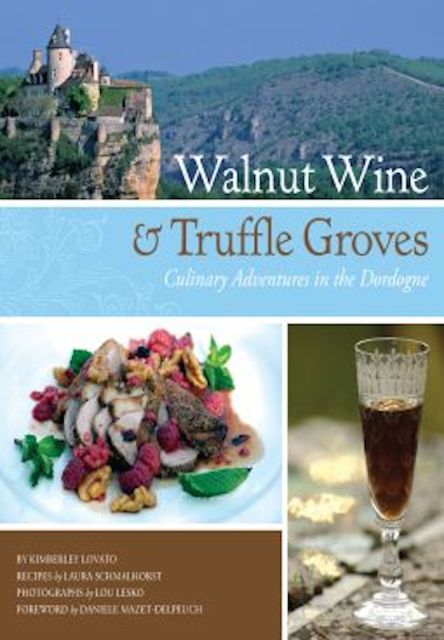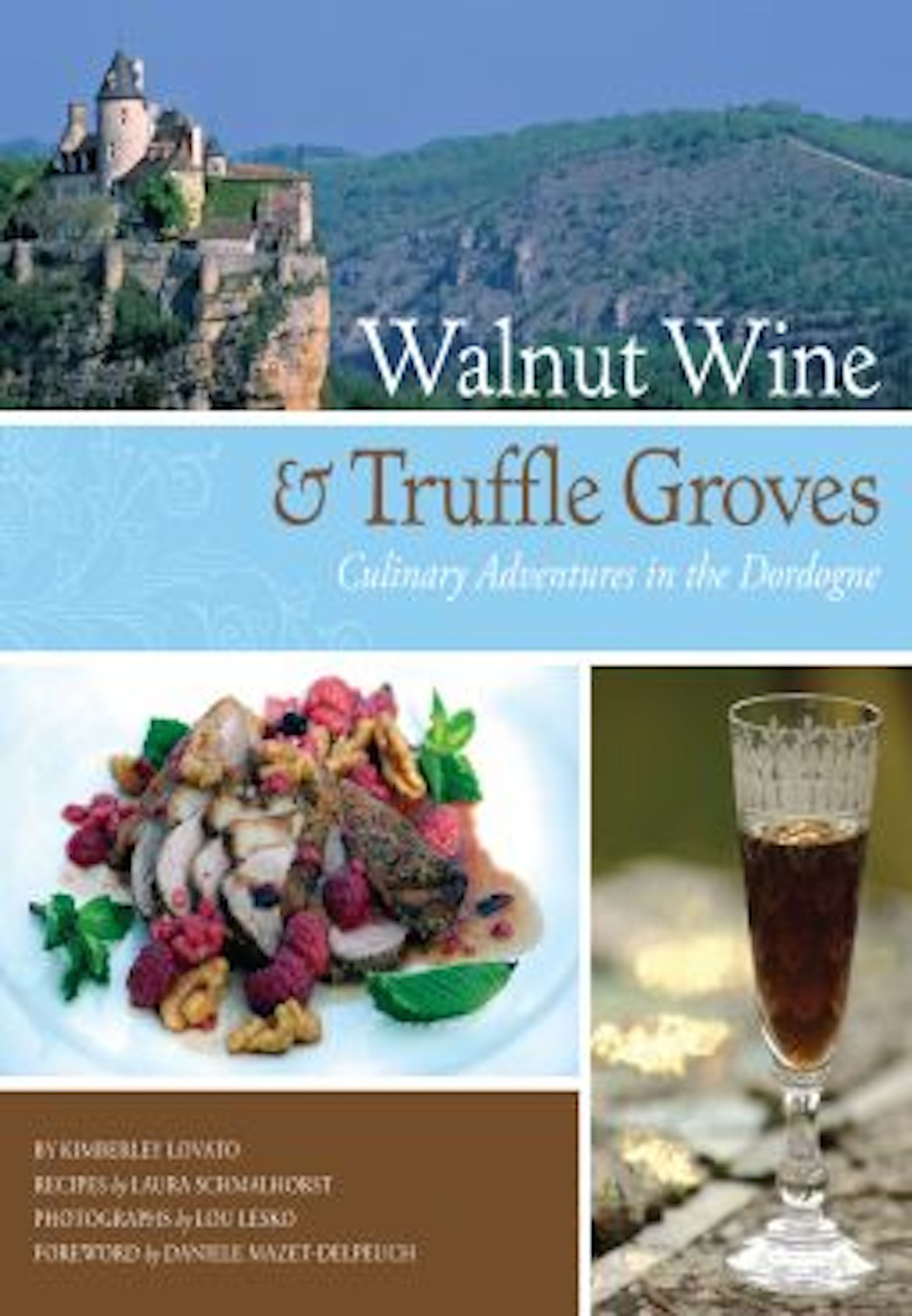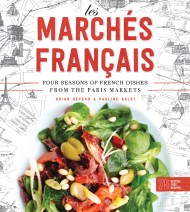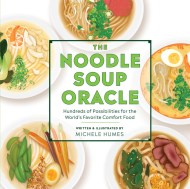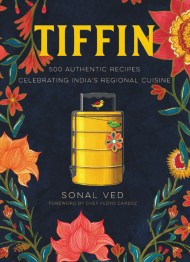Promotion
Use code MOM24 for 20% off site wide + free shipping over $45
Walnut Wine and Truffle Groves
Culinary Adventures in the Dordogne
Contributors
By Laura Schmalhorst
Photographs by Lou Lesko
Formats and Prices
Price
$16.99Price
$21.99 CADFormat
Format:
ebook $16.99 $21.99 CADThis item is a preorder. Your payment method will be charged immediately, and the product is expected to ship on or around March 23, 2010. This date is subject to change due to shipping delays beyond our control.
Also available from:
Genre:
- On Sale
- Mar 23, 2010
- Page Count
- 248 pages
- Publisher
- Running Press
- ISBN-13
- 9780762440368
Newsletter Signup
By clicking ‘Sign Up,’ I acknowledge that I have read and agree to Hachette Book Group’s Privacy Policy and Terms of Use
